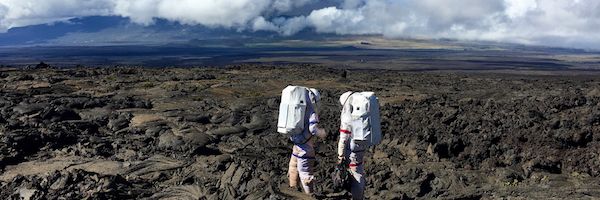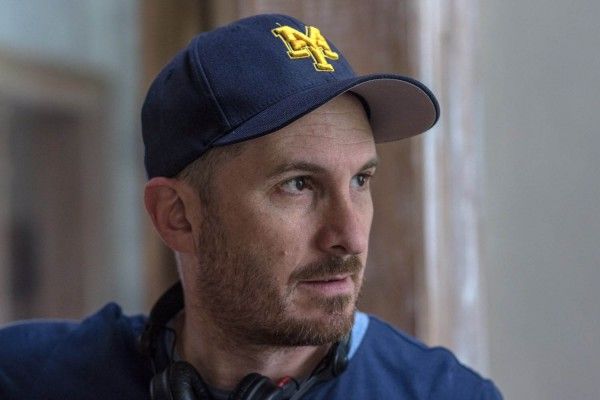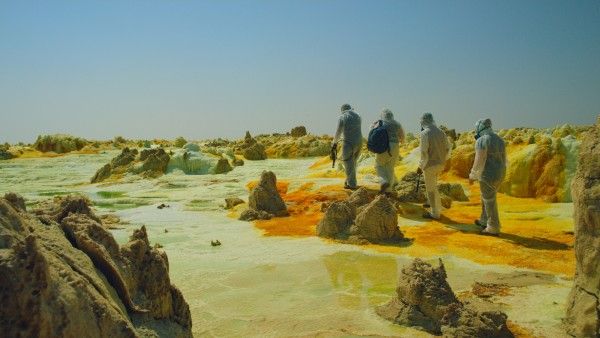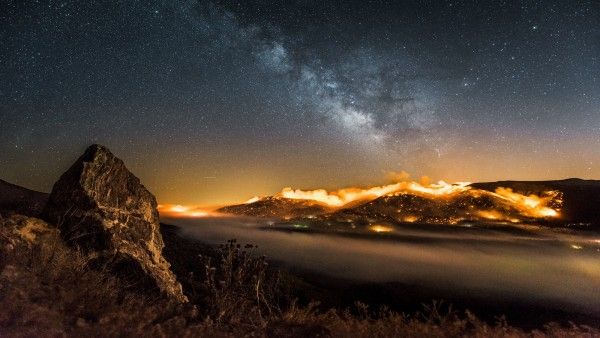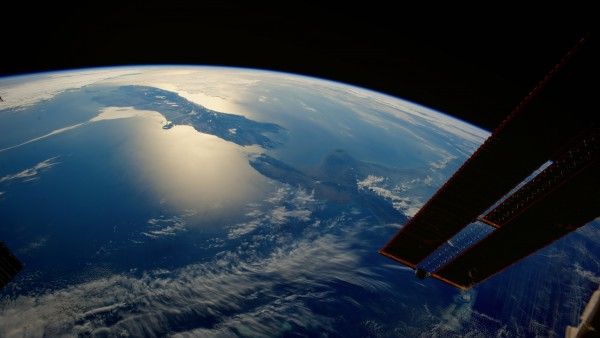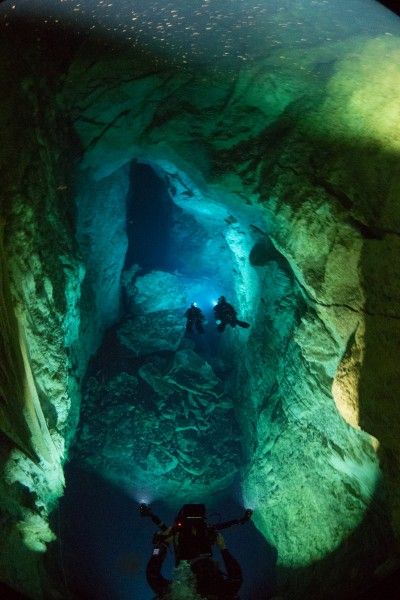It’s clear from the start that NatGeo’s One Strange Rock, which comes from Darren Aronofsky (mother!) and award-winning producer Jane Root (America: The Story of Us), is excited to talk about the Earth. It’s also so excited that it can’t sit still. The series is hosted by Will Smith, which is an important distinction from being a narrator. Smith is a full-fledged member of the show — each episode starts with a narrative scene with him that sets the stage for the hour’s nebulous category (things like “Gasp” and “Shield”), and he later interjects to speak to viewers directly, boiling down concepts into simplistic platitudes. In between, the series ping pongs across the globe, and later, into space, where we hear stories from eight astronauts about their view of the world from orbiting it. And while there are some stunning aerial shots and footage from the International Space Station, the show also relies quite a bit on animation and theoretical concepts instead of documented scenes.
It’s all a lot to take in, and yet, it never goes deep enough. In the first episode, which focuses more or less on oxygen, we zoom around the Amazon basin before heading to the foothills of Everest, where we’re told that the population who lives there all have health issues from being at the elevation. We’re shown a lingering shot of graves, and a sad, out of breath miner tapping for gold, but at no point is there a discussion of why people live there. Instead, we’re rushed off to the next crazy place on Earth, like a place in Ethiopia where acid bubbles up from the ground, with an insistent score that provides the constant, implied subtext of “Whoa.”
There’s a strange desire here to overdramatize what is naturally very dramatic. When there is a place where acid literally kills off every living thing around it on our Earth, it would be nice to spend some significant time there. Instead we take off again, and these kinds of compelling scenes are jarringly juxtaposed with Smith having to say things like (in a later episode), “The sun is not our friend — it’s a planet killer.” The show focuses heavily on humans and our interactions with this crazy, messed up world, but not in any deep or meaningful way. The editing is manic, and there is an off-putting combination of the scientific and anecdotal commentary like Smith saying things about how if the Earth wasn’t tilted on its axis, he would have grown up in Philadelphia with a glacier in his backyard.
It makes one wonder who, exactly, the audience is for One Strange Rock. With its human focus and reliance on simulated imagery, Planet Earth this is not. And as charming as Smith is, the script and short vignettes of him boxing or jumping rope in a gym to start an episode makes one miss David Attenborough’s staid narration that keeps its focus on the wonders of nature.
One Strange Rock seems to want to be the punk rock of nature documentaries, but in doing so it devalues its greatest asset: its astronauts. Not only do they (they being the incredible Chris Hadfield, Jeff Hoffman, Mae Jemison, Jerry Linenger, Mike Massimino, Leland Melvin, Nicole Stott, and Peggy Whitson) hold a wealth of fascinating information and compelling stories, but they are excellent narrators. They all reveal rare and unique perspectives about the world from space that are illuminating, insightful, and often spellbinding to listen to (Hadfield, known for documenting his time at ISS on social media, is a particularly charming standout). Yet One Strange Rock doesn’t seem to trust that it will hold viewer attention long enough, and cuts up their monologues into sound bites that are spread throughout the episodes, lessening their overall impact.
One Strange Rock ultimately has an identity crisis in what it wants to cover and how, and it ends up as a mishmash of stories, scripted vignettes, aerial footage, and conjecture. One of the most disappointing aspects is how events with multiple theories behind them (like the formation of our moon) are reduced to one theory reported as fact. And why spend so much time away from Earth or reality anyway (there’s an extended, stylized scene of a man in jeans swimming underwater, for poetic reasons) when, as the series itself shows, there’s so much to explore and explain about our grounded reality? The camerawork is stunning. Give us more time with that, and the process of capturing these shots.
The intention of the series is a good one, and maybe this particularly manic approach is one that will appeal to viewers who aren’t typically prone to watch nature shows. Smith is a fine host (with a script that lets him down), and the desire to educate on both a basic and more advanced level is a noble one, even if it doesn’t exactly land. A show that leaves you wanting to learn more can’t be all bad, but it also feels like a missed opportunity.
Rating: ★★
One Strange Rock premieres Monday, March 26th on NatGeo.

